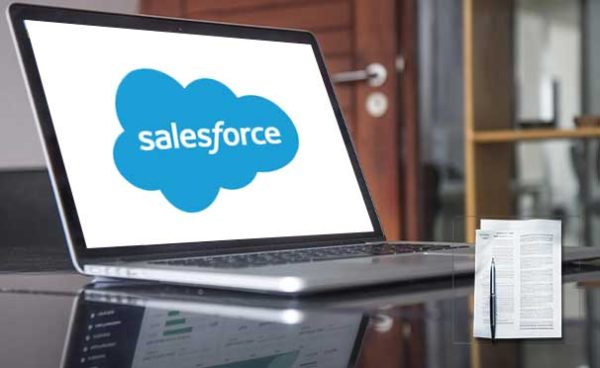Creativity at Work: a burgeoning technology startup
No Fee
| Case ID: | OBH-INNO-20230701-3-V1 |
|---|---|
| License: | CC BY-NC-SA 4.0 |
| Pages | 4 pgs |
| Case Study Analysis | Not Included |
| Teaching Notes | Not Included |
| Ai Level | Content co-authored with the OpenAI API |
| Category(s) | Organizational Behavior (9/10) |
The case study revolves around Innovar, a fast-growing technology startup in Austin, Texas, led by CEO John Richardson. In 2018, Richardson faced a critical decision as he observed a plateau in the company’s growth and creative output. Recognizing the importance of fostering a culture of creativity in the competitive technology industry, he embarked on a methodical approach to drive a cultural shift within the organization. Through initiatives like “Creativity Fridays” and the “Idea Bank,” Innovar successfully instilled an innovative and open work culture, encouraging employees to contribute fresh ideas and solutions. The case highlights the significance of participative leadership, change management, and employee engagement in promoting creativity and sustaining a competitive edge. By the end of 2020, Innovar witnessed a remarkable increase in new ideas generated and implemented, leading to higher employee satisfaction and continued success.
Based on the case, the top 5 course categories that align with the content are:
- Organizational Behavior (9/10): The case delves into the dynamics of Innovar's organizational culture, focusing on the process of fostering a creative environment and driving cultural change. It provides insights into employee behavior, engagement, and the impact of leadership on organizational behavior.
- Leadership (9/10): The case revolves around the decisions and actions taken by Innovar's CEO, John Richardson, to bring about a cultural shift and promote creativity. It highlights the importance of participative leadership and its role in driving innovation and success.
- General Management (8/10): The case touches upon various aspects of general management, including identifying challenges, formulating strategies for change, and implementing measures to boost creativity. It offers valuable lessons on change management and its impact on overall company growth.
- Human Resource Management (8/10): The case explores the role of HR in gathering data and surveying employees to understand their perceptions and needs related to creativity. It also addresses the significance of employee satisfaction and engagement in achieving organizational objectives.
- Strategy (7/10): The case outlines the strategic steps taken by Innovar's CEO to instigate a cultural shift. It emphasizes the strategic importance of promoting creativity in the technology industry to maintain a competitive edge.
Weaknesses of this case structure:
- Data Analysis: The case lacks in-depth data analysis to quantify the impact of the creativity-promoting initiatives. While it mentions an increase in ideas generated and implemented, a more comprehensive data analysis with concrete metrics would strengthen the case.
- Scenario Complexity: The case focuses solely on Innovar's transformation, but it could benefit from incorporating external challenges and industry dynamics to add complexity and realism.
- Storytelling: While the case provides a clear narrative, adding more real-life anecdotes, employee experiences, and challenges faced during the transformation could enhance the storytelling aspect.
Strengths of this case:
- Realistic Scenario: The case presents a plausible real-life scenario faced by a technology startup, making it relatable and relevant for business students and managers.
- Practical Implementation: The case offers practical insights into implementing creativity-promoting measures like "Creativity Fridays" and the "Idea Bank," making it useful for organizations seeking to foster innovation.
- Strategic Relevance: The case aligns with multiple course categories, providing a holistic view of how creativity impacts organizational behavior, leadership, general management, and human resource management.
- Actionable Lessons: The case emphasizes the significance of creativity in a fast-paced technology industry and the need for participative leadership and change management, providing valuable takeaways for readers.





